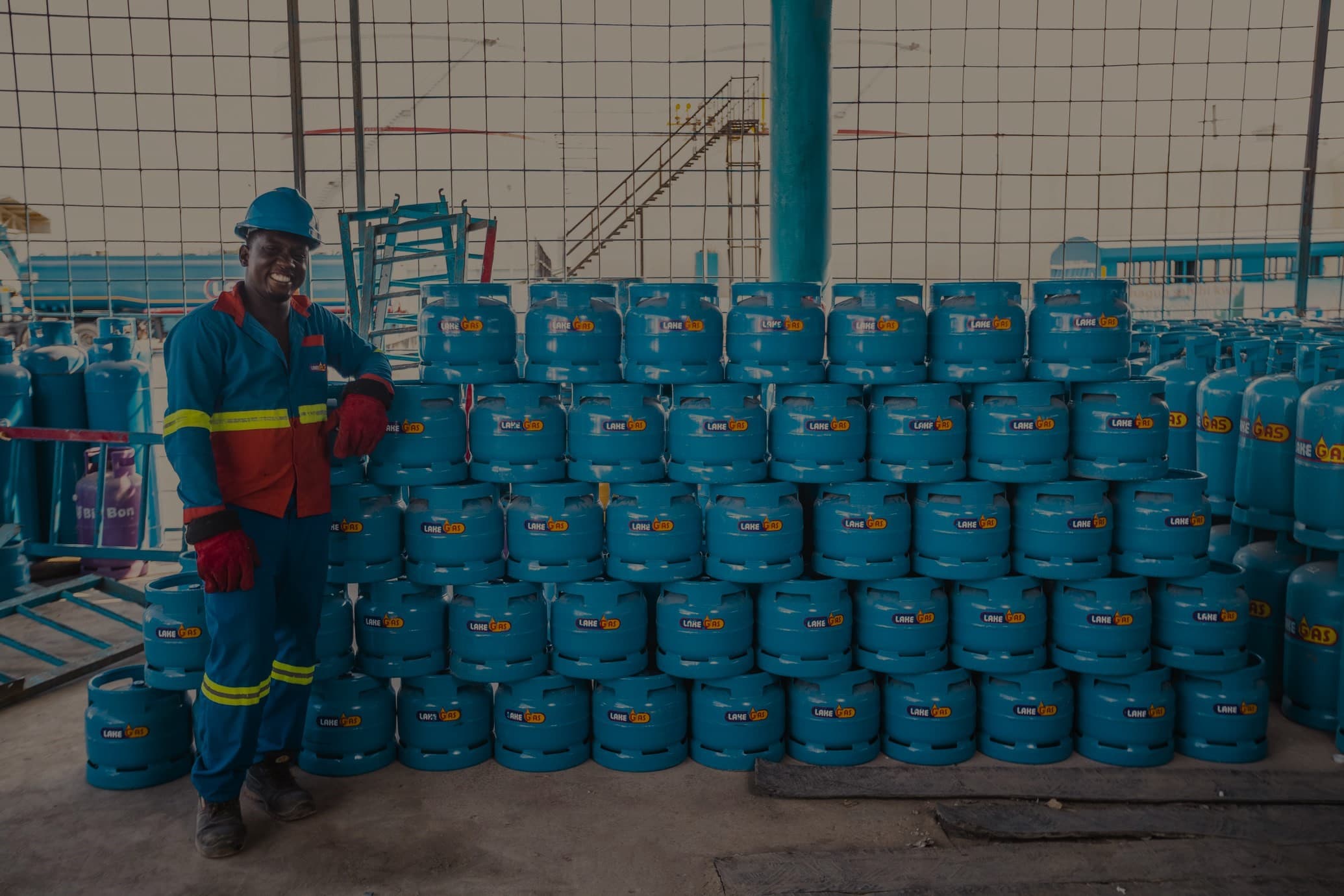Loading News Article...
We're loading the full news article for you. This includes the article content, images, author information, and related articles.
We're loading the full news article for you. This includes the article content, images, author information, and related articles.
Seventeen counties across Kenya are experiencing inconsistent cooking gas supplies due to inadequate storage facilities, exposing thousands of households to supply shocks despite government efforts to promote clean cooking.

Cooking gas consumers in 17 Kenyan counties are facing volatile supplies due to a critical lack of adequate storage facilities for Liquefied Petroleum Gas (LPG). A recent Ministry of Energy report highlights that 30 counties, excluding Mombasa, collectively possess storage facilities with a combined capacity of only 6,619.40 tonnes. This leaves a significant portion of the country vulnerable to supply disruptions, hindering the government's ambitious plan to establish LPG as the primary cooking fuel.
Mombasa, as the main entry point for imported LPG, houses the bulk of the nation's storage, with a total capacity of 36,850 tonnes. However, the reliance on trucking the commodity from Mombasa to the hinterland on a need-only basis for the 17 counties without storage facilities creates a precarious supply chain.
Kenya has been actively promoting LPG as a clean cooking solution to combat the health and environmental hazards associated with traditional biomass fuels like wood and charcoal. An estimated 15,000 Kenyans die annually from air pollution, with at least 40% of childhood deaths attributed to respiratory illnesses. The government's Vision 2030 strategy initially aimed for 35% LPG adoption, later benchmarked to a per capita consumption target of 15 kilograms per year by 2030, a significant increase from 2 kilograms in 2013.
To boost uptake, the government has implemented several policy interventions. In 2016, Value Added Tax (VAT) on LPG was zero-rated, and in June 2023, cooking LPG was entirely exempted from VAT. These measures have contributed to a notable increase in LPG consumption, which rose by 15% to 414,861 metric tonnes in the financial year ending June 2025. Per capita consumption has surged to 7.9 kilograms, making Kenya one of Africa's highest LPG consumers.
Nairobi currently holds the largest LPG storage capacity in the hinterland at 3,214.90 tonnes, followed by Kiambu (578.50 tonnes), Machakos (385.50 tonnes), and Uasin Gishu (295 tonnes). Conversely, counties like Nyandarua and Kakamega have minimal storage, each with just 10 tonnes.
The Ministry of Energy has underscored the urgency of accelerating LPG storage infrastructure, particularly in key hinterland regions such as Nairobi, Kisumu, and Eldoret. The Kenya Pipeline Company (KPC) is undertaking a significant project to build a 30,000-tonne LPG import and storage facility at the Kenya Petroleum Refineries Limited (KPRL) land in Changamwe, Mombasa. This facility, estimated to cost KSh 17.7 billion, aims to enhance supply security, reduce landing costs, and eliminate monopolies in the importation process. Lake Gas of Tanzania has also completed a 10,000-tonne facility in Vipingo, Kilifi County, adding to the existing private capacity.
Despite the progress, challenges persist. The lack of robust storage infrastructure in many counties means that consumers are exposed to price volatility and supply shocks. The government projects an additional 6,500 tonnes of storage capacity will be needed by 2028 to meet growing national and transit market demand.
Furthermore, while the government has focused on reducing LPG costs and increasing access, the sustainability of uptake remains a concern. The mutual cylinder exchange system, though initially intended to promote competition, has been weakened by illegal refilling practices, deterring investment in new cylinders and raising safety concerns.
The coming months will be crucial in observing the progress of KPC's 30,000-tonne LPG storage facility in Changamwe and other planned investments. The effectiveness of government policies in curbing illegal refilling and ensuring fair pricing will also be key to sustained LPG adoption. The Energy and Petroleum Regulatory Authority (EPRA) is expected to introduce a maximum retail price for cooking gas to stabilize costs and protect consumers.
Keep the conversation in one place—threads here stay linked to the story and in the forums.
Other hot threads
E-sports and Gaming Community in Kenya
Active 6 months ago
Popular Recreational Activities Across Counties
Active 6 months ago
The Role of Technology in Modern Agriculture (AgriTech)
Active 6 months ago
Investing in Youth Sports Development Programs
Active 6 months ago